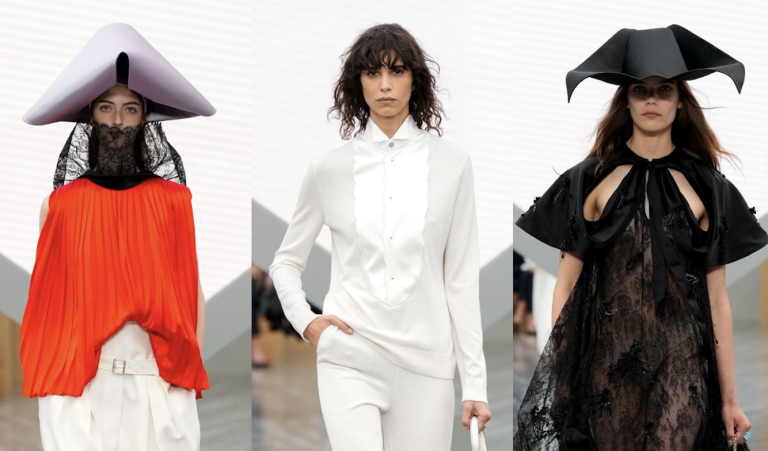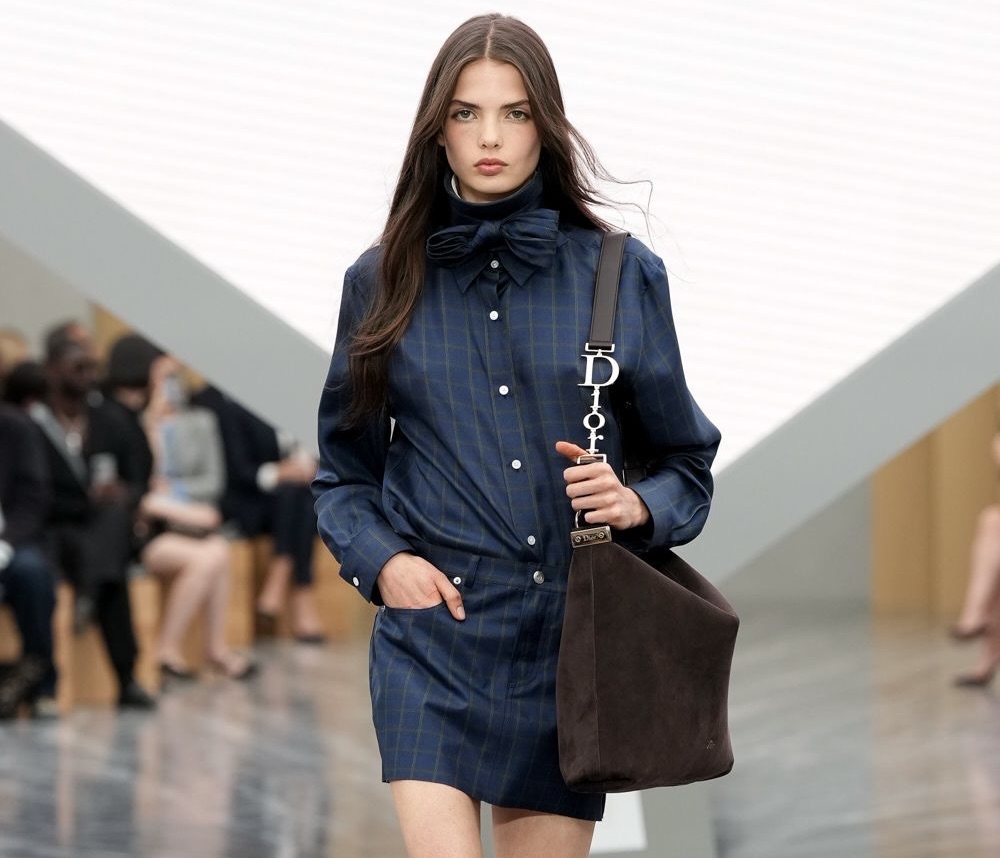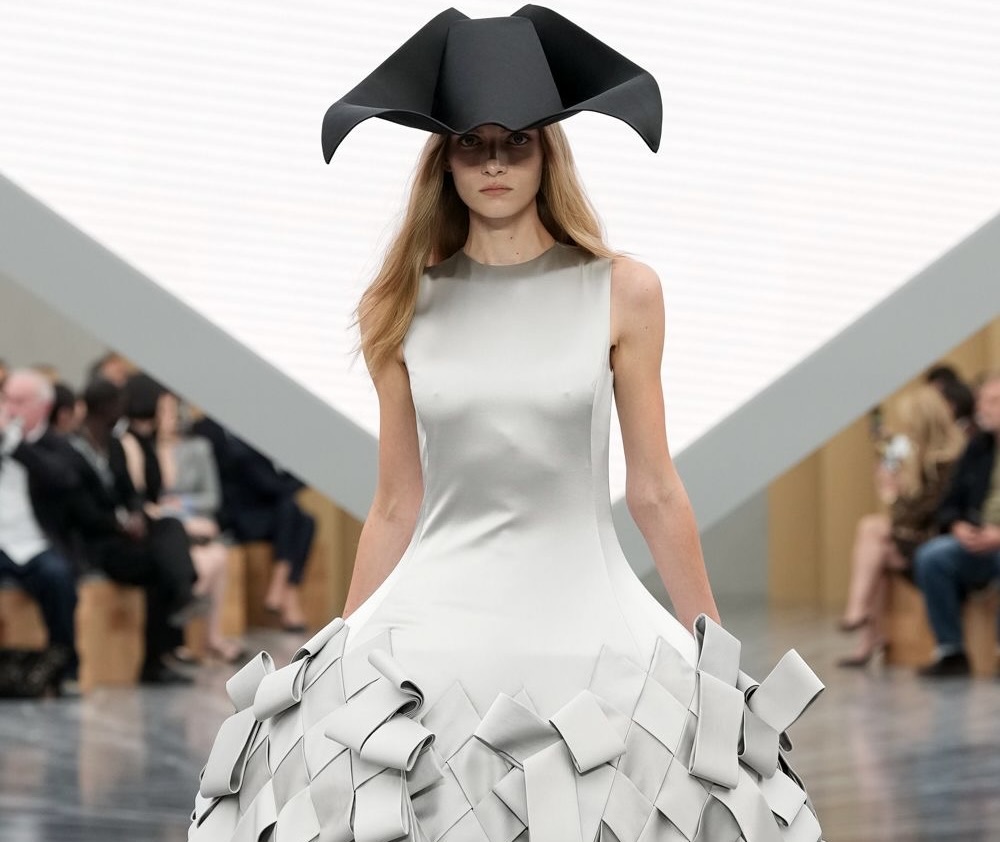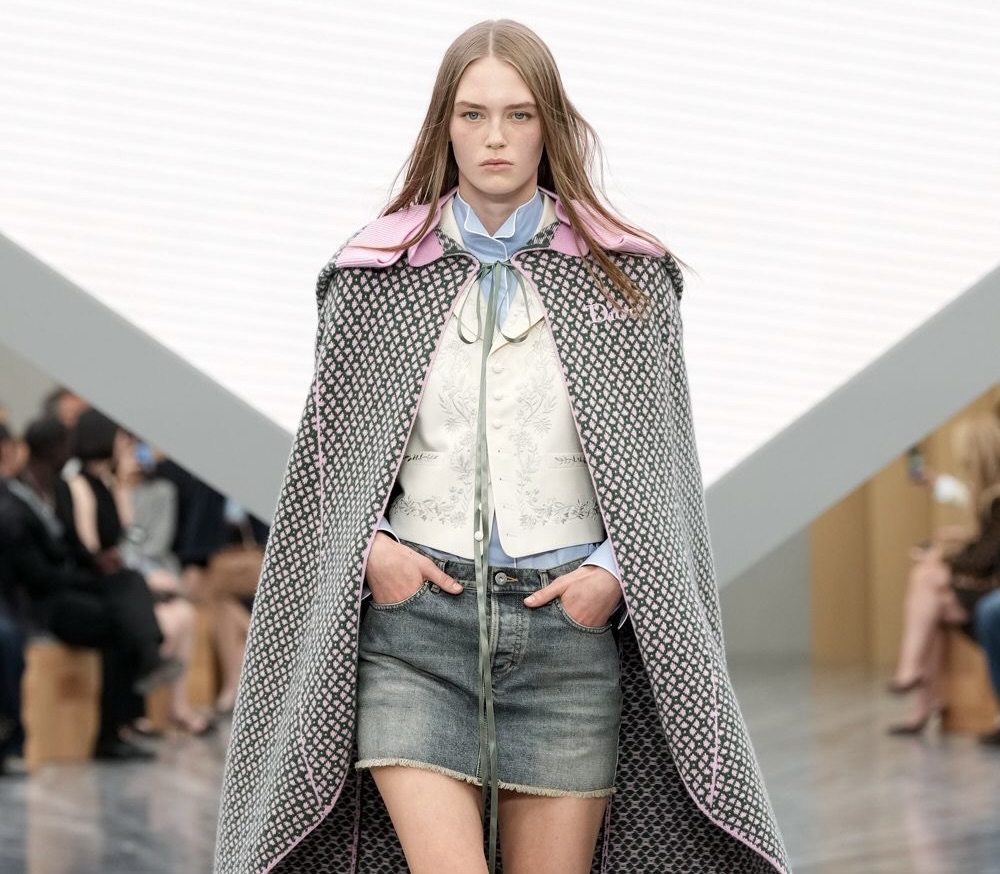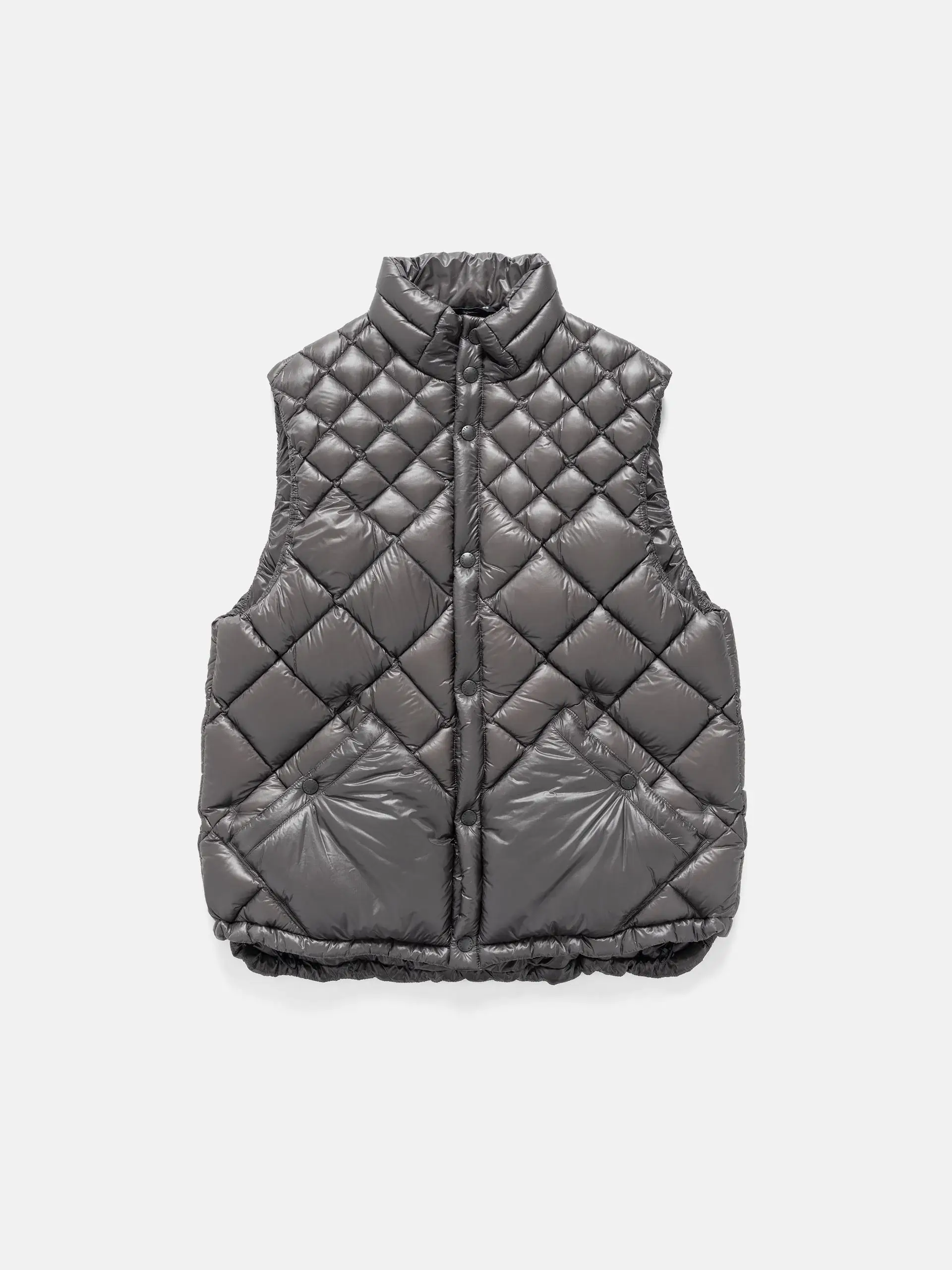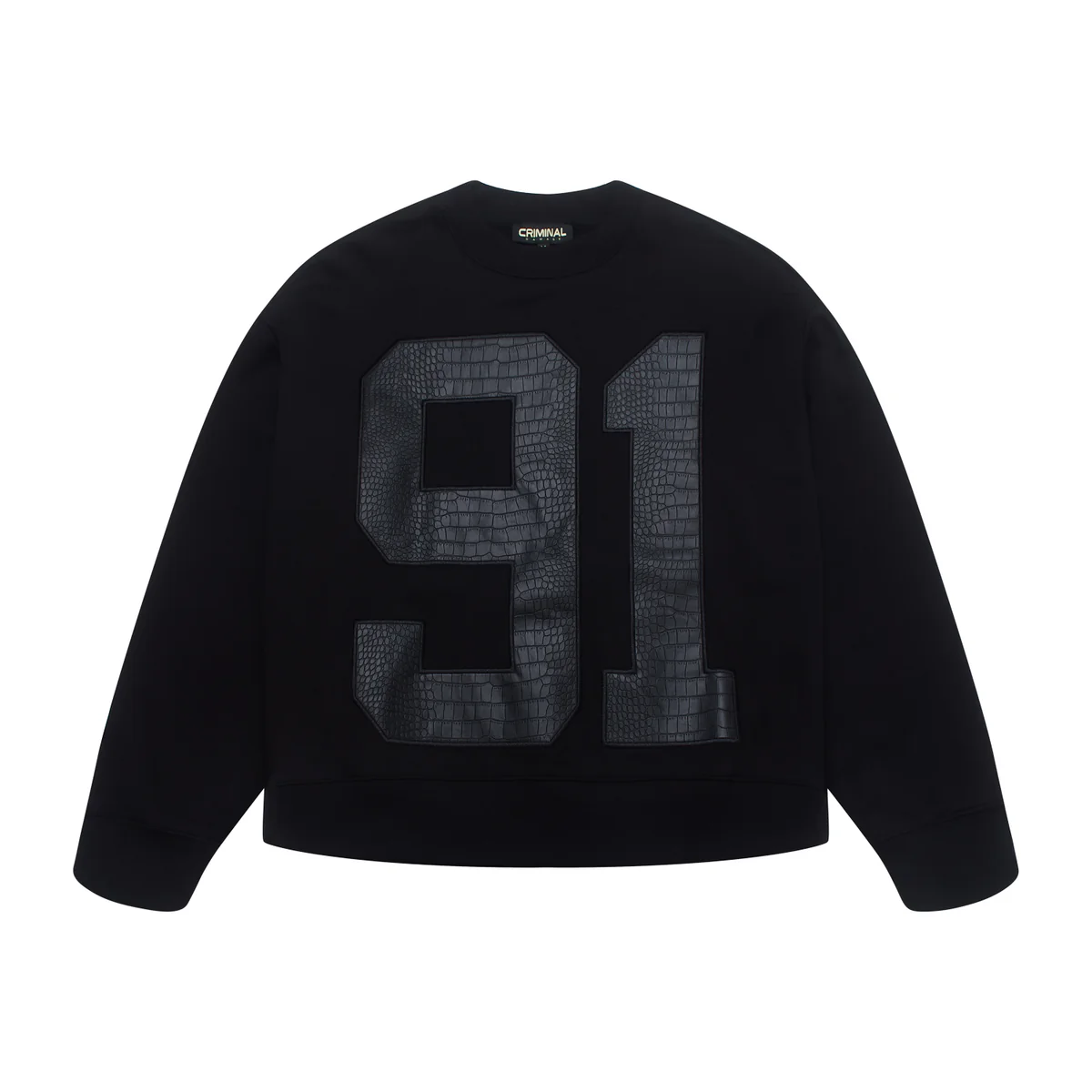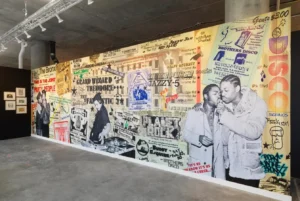Paris Fashion Week, Dior, SS26, Jonathan Anderson, Maison Dior
A House at the Edge of History
Paris Fashion Week often thrives on the weight of anticipation. Yet there are few shows in recent memory that carried the same sense of collective breath-holding as Dior’s Spring/Summer 2026. This was not merely another seasonal unveiling of tailored silhouettes and couture flourishes. It was a debut, an inflection point, a promise—or perhaps a provocation—from Jonathan Anderson, newly crowned as the creative lead of both Dior’s men’s and women’s lines. For a house built on an almost mythical sense of identity, Anderson’s arrival could either extend Dior’s legacy into a new century or fracture its codes beyond recognition.
From the moment the invitations landed, speculation churned: how would Anderson balance his cerebral, experimental language with Dior’s weighty heritage? How would the house, synonymous with Christian Dior’s 1947 “New Look” and countless reinventions since, speak to a 2026 audience both jaded by luxury spectacle and hungry for authenticity? This was the stage. And Dior, once again, was set to write fashion history.
Setting the Scene: The Salon and the Screen
The atmosphere inside the Paris venue struck a deliberate chord of intimacy. Instead of the grandiose separation typical of many houses, Anderson revived Dior’s salon tradition. Models walked not at a distance but within arm’s reach of the audience, forcing every guest—editors, celebrities, long-standing Dior clients—to encounter the garments as objects of scrutiny. Behind them, stretching across the walls, was a photographic reproduction of Dior’s original Avenue Montaigne salon, a reminder that all revolutions must start from somewhere.
Before a single look appeared, the lights fell on a pyramid-shaped screen. A short film began to play, interweaving archival clips of past Dior designers—Galliano, Simons, Chiuri—with Anderson’s own words. It was a gesture both reverent and quietly subversive: a cinematic handshake across decades. The message was clear. This would not be an erasure of history, nor a museum exhibition of Dior’s past. It would be a conversation between generations, with Anderson as mediator.
First Impressions: An Exercise in Tension
What unfolded on the runway was an exercise in tension—between restraint and flourish, history and novelty, street and couture. Anderson’s Dior was not built on spectacle alone but on the granular drama of detail: seams pulled too taut, hips extended into impossible curves, frock coats reimagined with utility pockets, denim skirts sliced against bustled jackets. Every look carried the weight of a question: what is Dior if not in dialogue with contradiction?
The collection avoided the temptation of clean thematic packaging. Instead, it unraveled like a series of interludes, some historical, others cinematic, still others defiantly modern. Jean-Luc Godard’s French New Wave films seemed to hover over the proceedings—the sense of improvisation, of narrative rupture, of youth pressing against the walls of tradition. Dior’s aristocratic DNA collided with cargo shorts, wide-leg chinos, and bare chests under trench coats. To some, this read as irreverence; to others, liberation.
Heritage Reworked: Dior as Toolbox
Central to Anderson’s debut was the re-examination of Dior’s archive. But unlike designers who replicate icons in reverent fidelity, Anderson treated history as a toolbox.
The Bar jacket, perhaps the most sacred of Dior’s signatures, emerged cropped, cut out, and asymmetrical. Its once-unshakable silhouette was sliced into fragments, now paired with pleated minis or utility trousers. Elsewhere, bustles and origami folds transformed skirts and jackets into living sculptures, recalling Christian Dior’s fascination with volume while shifting the weight of the garment to unexpected parts of the body. Frock-coat echoes from the 18th and 19th centuries appeared, but in lightweight cottons and oversized proportions that mocked their own formality.
In Anderson’s hands, Dior’s canon was not preserved under glass. It was deconstructed, reassembled, and, in some cases, destabilized. The house’s vocabulary remained intact, but the grammar had shifted entirely.
Street Meets Couture: The Collision Point
If Dior once represented a near-aristocratic elevation of women’s dress, Anderson’s SS26 collection insisted on friction with the language of the street. Cargo shorts paired with sharply tailored coats, wide utility pants worn under bustled jackets, and even denim skirts crashing into frock-coat traditions—these combinations were more than styling gimmicks. They were arguments.
The street, Anderson seemed to say, is no longer the antagonist of couture. It is its collaborator, its disruptor, its equal. In an age where global audiences experience Dior less in salons than on sidewalks, screens, and resale markets, this tension felt timely.
Proportion as Drama
Volume became one of Anderson’s most insistent devices. Hips ballooned outward, jackets stopped abruptly at the waist, sleeves stretched far beyond proportion. At times the garments seemed almost sculptural in their refusal to align with human anatomy. Yet these exaggerations were balanced by moments of sharp tailoring: sleeves cut razor-thin, waistlines pinched into severity, coats that skimmed the body with austere elegance.
This push and pull—between the oversized and the precise—created a rhythm across the collection. It was as though the garments were constantly asking: should Dior envelop the body or discipline it? The answer, in Anderson’s vision, was both.
Material Choices: Craft in Dialogue
Fabric played an equally vital role in this new Dior vocabulary. Anderson leaned into tweeds, Donegal wool, and checked patterns that referenced tradition, but disrupted them through scale and cut. Soft cotton shirtings were reversed or worn inside-out, their seams exposed as though to reveal the skeleton of the garment. Matte surfaces clashed with lustrous textures, and utilitarian cotton sat against petal-trimmed dresses.
Even hardware—buckles, trims, unexpected cut-outs—was deployed as punctuation. In a collection so steeped in historical reference, these details were essential reminders of 21st-century immediacy.
Cinematic Echoes: Dior as Nouvelle Vague
Anderson’s choice to cite the French New Wave was more than stylistic. It was philosophical. Like Godard, Truffaut, and Varda, he seemed to argue for a cinema—or in this case, a couture—that embraced fragmentation, improvisation, and contradiction.
The result was a collection that moved like a film without continuity editing. A denim skirt might follow a petal-trimmed halter dress, which in turn followed a bustled frock coat with cargo shorts. The audience was left to stitch meaning together themselves. In this way, Anderson positioned Dior less as a unified monologue than as a collage of perspectives.
Standout Moments
Among the collection’s many interludes, certain moments crystallized Anderson’s debut:
-
The opening silhouette: stark, strapless, architectural, as though carved from Dior’s history but stripped of ornament.
-
A series of denim skirt and bustled tailcoat hybrids, collapsing class distinction into a single garment.
-
Jeans paired with open capes, the banal elevated into theater.
-
A Bar jacket cropped and fragmented, worn with pleated skirts that swung between femininity and rebellion.
-
The closing petal-adorned halter dress, an almost tender gesture of beauty in a show otherwise committed to intellectual tension.
The applause that followed was more than polite appreciation. It was a collective acknowledgment that Dior, once again, was willing to gamble.
Reception: Between Ovation and Doubt
Reviews from critics and forums alike oscillated between admiration and skepticism. Some heralded the collection as “mind-boggling in its sophistication and complexity,” praising Anderson’s deep grasp of Dior’s legacy. Others noted its commercial pragmatism, suggesting that the collection leaned safer than expected. A thread of critique lingered over branding—was the presence of visible logos too heavy for a house so steeped in subtlety?
And yet, even skeptics conceded that this was only the opening chapter. As one commentator observed: “This is when we will see his vision begin, but not yet where it ends.”
Dior in the Landscape of 2026
Placed within the broader framework of Paris Fashion Week, Dior’s SS26 show carried particular resonance. The season was marked by transitions—new creative directors stepping into other storied houses, new approaches to presentation, and a re-energized industry after years of digital experimentation. Dior’s show, then, was not only a statement about the maison itself but also a reflection of where fashion is heading: toward hybridity, intimacy, and intellectual rigor balanced with accessibility.
The Future: Questions Still Open
What Anderson offered was not resolution but provocation. Will Dior’s womenswear line reflect the same structural daring, or pivot toward a softer narrative? Will his embrace of street references dilute the house’s aristocratic mystique or refresh it for new generations? Can Dior remain both a commercial powerhouse and a site of aesthetic risk?
These are questions left deliberately unanswered. Like a Godard film that ends mid-scene, Anderson’s Dior SS26 closed not with a conclusion but with an invitation to return, to see how the story continues.
A Cautious Leap
Dior’s Spring/Summer 2026 collection will be remembered less for its polish than for its courage. Jonathan Anderson’s debut was not about offering Dior a new dictionary but about rearranging its syntax. He demonstrated that the maison can be both reverent and rebellious, cinematic and commercial, sculptural and streetwise.
At its best, the collection felt alive—clothes designed not for mannequins or archives but for the messy, contradictory realities of 21st-century life. At its most tentative, it revealed the growing pains of a designer stepping into a house so burdened by history that any innovation feels risky.
But perhaps risk is precisely what Dior needs. Fashion, like cinema, thrives on tension. And in Anderson’s Dior, that tension has found a new stage.
No comments yet.

